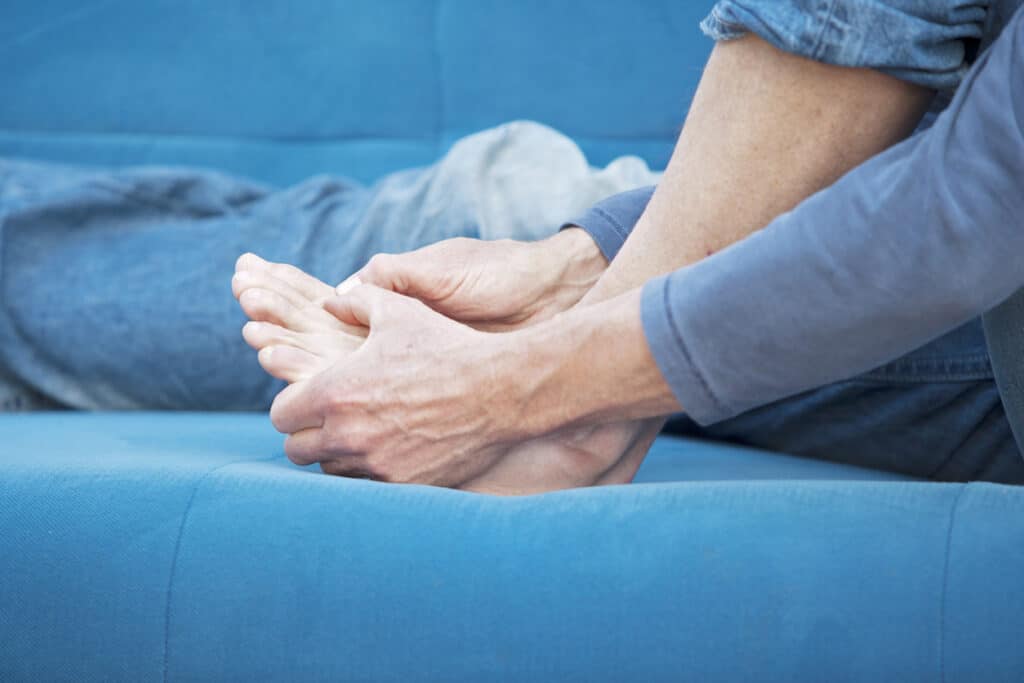
Heel fat pad syndrome (HFPS) is a medical condition that involves the flattening or thinning of the natural fatty cushion that protects the heel bone. This fatty pad provides shock absorption during activities that involve a lot of pounding or pressure on the heels. When it is damaged or wears out, patients may experience heel pain or discomfort that can limit their ability to perform daily tasks or participate in physical activities.
If you are suffering from HFPS, you may wonder how you can stop the condition from getting worse. Fortunately, there are steps you can take to manage your symptoms and prevent further damage to the heel fat pad. In this blog post, we will explore some of the ways you can halt the progression of HFPS and improve your quality of life.
Seek professional help for Heel Fat Pad Syndrome
One of the first things you should do if you suspect you have HFPS is to consult a healthcare professional. A physiotherapist or chiropractor can assess the extent of the damage to your heel fat pad and recommend the best course of treatment. They may suggest specific exercises to strengthen your foot muscles, stretching routines to improve flexibility, or orthotic inserts to provide additional support and cushioning for your feet.
Wear appropriate footwear
The type of shoes you wear can have a significant impact on the health of your feet. If you have HFPS, opt for shoes with good arch support and ample padding in the heel area. Avoid wearing high heels or shoes that put excessive pressure on the heels, as these can aggravate your symptoms and worsen your condition over time. Look for shoes that fit well and provide a comfortable, secure fit.
Take breaks during activities
If you engage in activities that involve a lot of standing or walking, it is important to take frequent breaks to rest your feet. For example, if you have a job that requires you to stand for long periods, try sitting down for a few minutes every hour to give your feet a break. If you are a runner, consider taking rest days or reducing the frequency or intensity of your training to give your heel fat pad time to recover.
Make lifestyle changes
Certain lifestyle factors can contribute to the development or progression of HFPS. For example, obesity or carrying excess weight can put additional strain on your feet and heels, making it harder for the heel fat pad to cushion your steps. If you are overweight, losing even a small amount of weight can help alleviate your symptoms and prevent further damage to your heel fat pad.
Be patient
Heel fat pad syndrome is not a condition that can be cured overnight. It takes time and effort to manage your symptoms and prevent the progression of the condition. It may take several weeks or months of consistent effort to see significant improvements in your symptoms. Be patient, committed, and proactive in your approach to managing HFPS, and you will likely see positive results over time.
Living with HFPS can be frustrating and challenging, but it is possible to manage your symptoms and prevent the progression of the condition. By seeking professional help, wearing appropriate footwear, taking breaks during activities, making lifestyle changes, and being patient, you can improve your quality of life and reduce the impact of HFPS on your daily activities. Remember, every step you take towards managing HFPS is a step in the right direction.
If you have any questions or would like to explore further, please book a free, no-charge online appointment with either myself, Nitin Nair, BPT, R/TRO DIP, PT, or another Kitchener physiotherapist at CARESPACE. We are happy to listen and are here to help!

